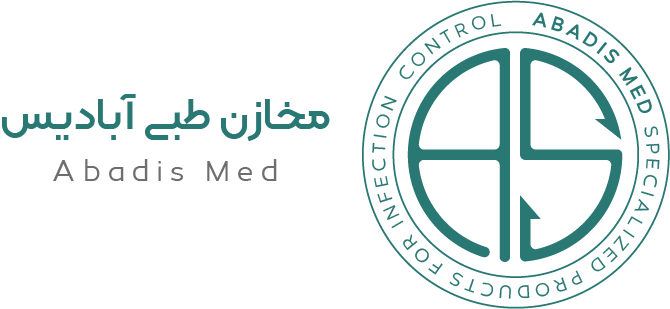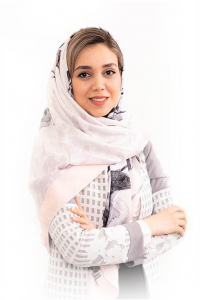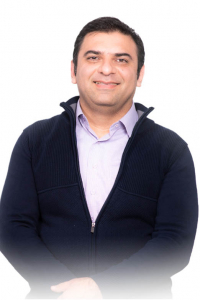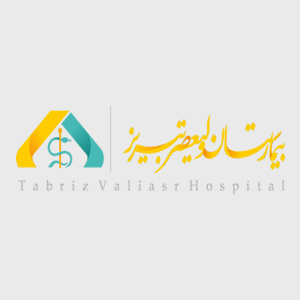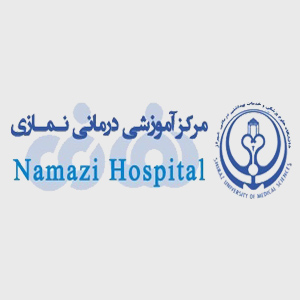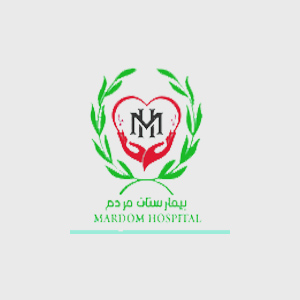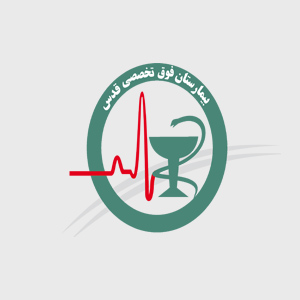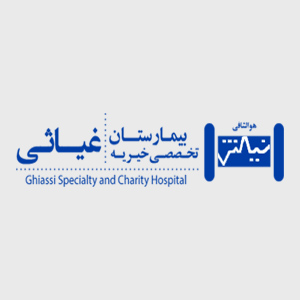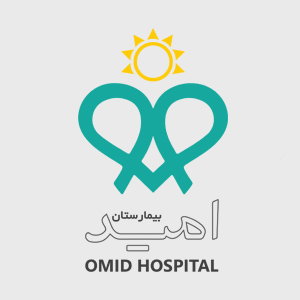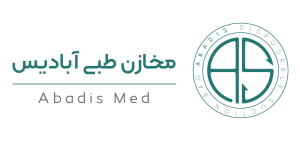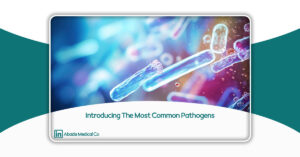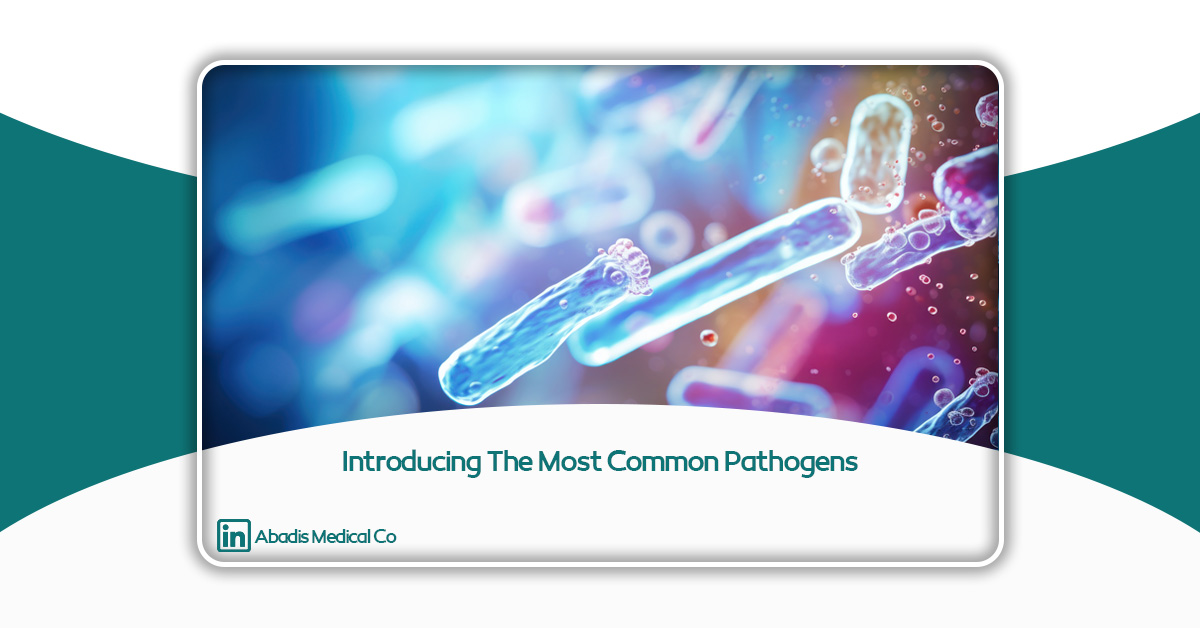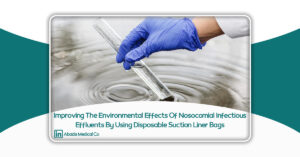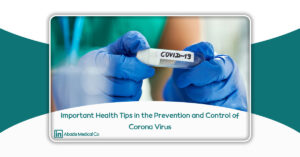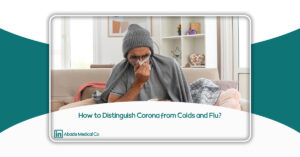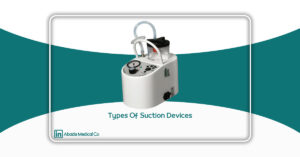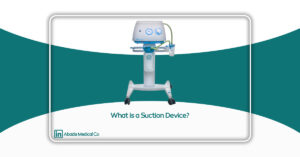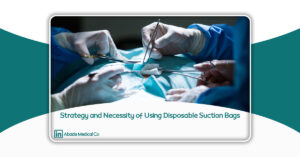Introducing The Most Common Pathogens
The Most Common Pathogens are
- Escherichia coli, enterococci and gram-negative bacilli (Pseudomonas, Proteus) are common pathogens. Repeated urine cultures are essential in evaluating the correct treatment; Because the use of a piece of catheter is for the culture of biofilm and crotch germs and may be shown to be different from the actual pathogen culture.
Symptoms are more common in the urine of diabetics and catheter patients, as well as patients who have taken antibiotics. This is related to fungal colonization. It should be noted that the possibility of candidiasis is always reported in about 10% of patients with immunodeficiency and tonic penis and ICU patients. There is controversy about candidacy treatment. Some people recommend rinsing the bladder with amphotericin B or oral fluconazole for 3 to 5 days.
Pneumonia (respiratory infection)
Nosocomial pneumonia is the second most common nosocomial infection after urinary tract infection in the United States. It is noteworthy that 86% of these pneumonias are caused by a ventilator. Also, the risk of pneumonia is very high in people who need a ventilator in special wards and subsequently intubate.
Ventilator-induced pneumonia (VAP) increases the need to stay in the ICU and greatly increases treatment costs, making prevention even more important. The two main factors involved in creating VAP. These two factors are the aspiration of gram-negative bacteria, their transmission to the lower parts of the airways, and their accumulation in the upper airways.• It should be noted that there are other ways for this transfer. For example, the use of a mechanical ventilator, which also requires the use of a chip tube. However, the endotracheal tube itself transmits microorganisms to the lower parts.
Based on the research of Feldman et al. On bacterial colonization on the endotracheal tube, the following result was obtained. In this experiment, it was found that after 12 hours of insertion of the endotracheal tube, the colonies begin to form and reach their maximum number within 96 hours. There are other ways to transmit pathogens, preventing any of them has a good effect on preventing VAP. For example, adding normal saline to the endotracheal tube when using suction. This prevents the transmission of bacteria to the lower airways and increases the risk of pneumonia. The anal-respiratory tract is another route of transmission that can be contaminated by personnel.It should be borne in mind that the shortage of expert personnel can always have a direct impact on increasing the rate of nosocomial pneumonia. It is important to note that care for ICU patients should only be provided by nursing professionals. Therefore, hospital managers should consider not using non-specialists in patient care and nursing.
Other Influencing Factors with VAP
Use of broad-spectrum antibiotics – admission to the ICU – use of food tubes or – NGT airway disorder – hypotension acidosis – leukopenia and
In 1997, the Centers for Disease Control (CDC) introduced protocols to reduce VAP that include the following.
• Reduce aspiration: This is done by regular oral suction to prevent aspiration.
• Periodic drainage of fluids inside the ventilator tube, keeping the distance from the patient
Raise the patient’s head by 45 degrees
• Monitor the patient’s remaining stomach volume to prevent bloating
Avoid endotracheal intubation as much as possible. (Only sedatives should be used in agitated patients who may have their endotracheal tube removed.)
• The location of the feeding tube should always be ensured and the motility of the intestine should be monitored.
• In the treatment of patients with stress ulcers in the gastrointestinal tract, it should be noted that prophylaxis of stress ulcers in the gastrointestinal tract with non-alkaline drugs such as sucralfate is mentioned as a potential criterion in the ICU.
• Prevent colonization
• The following are necessary to prevent colonization:
• Wash hands according to instructions before and after procedures
• Maintain continuous oral hygiene with a disinfectant rinse solution such as chlorhexidine, twice a day
• Use of antibiotics according to culture results
- Maximum reduction of nasopharyngeal and nasopharyngeal intubation due to the risk of sinusitis
Minimize the amount of rinsing with normal saline during suctioning.
• Change gloves and gauntlets after each patient is cared for and before working with another patient
• Conclusion:
• To prevent VAP, it should not be limited to one risk factor and it is better to follow the general instructions. Instructions should be well trained for all personnel. Also, the need to follow the instructions must be properly emphasized. Evaluation is also one of the basic steps. By observing these principles, mortality and morbidity in the ICU will be greatly reduced, and these will depend on the policies of the hospital administrators and the implementation of staff training programs.
